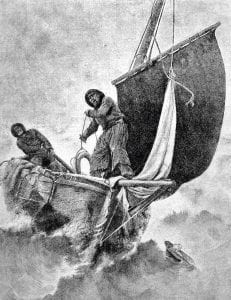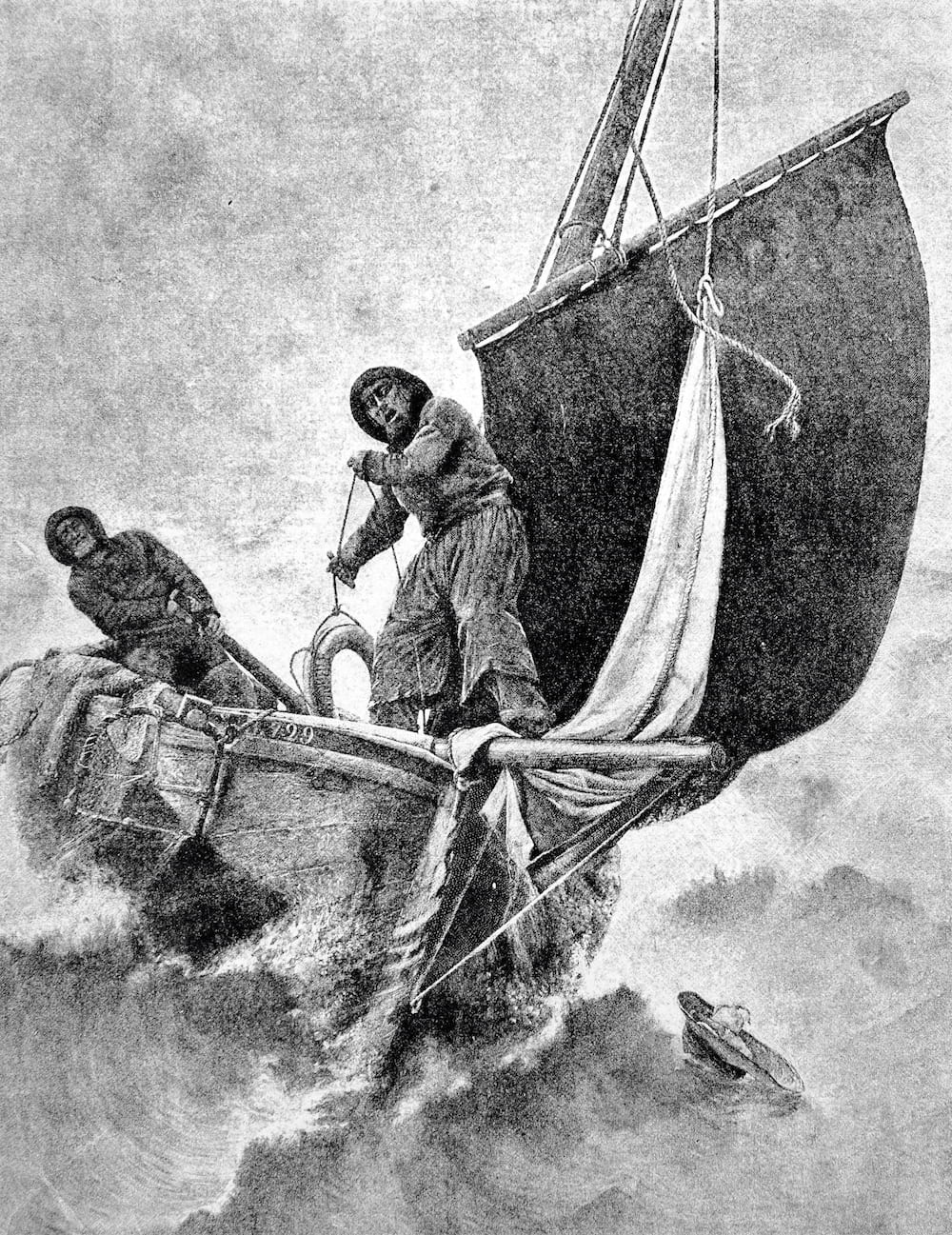written by Matt Andrews
So far this series has focused on ideas to equip the individual to lead through crisis. This is because real people struggle during crises and need to ready and steady themselves to take leadership. Before you start trying to lead others, you need to have some basics in place to prepare yourself, and that’s what we have focused on.
We will soon move beyond talking about you, and offer ideas on mobilizing your organization(s) to tackle the crisis. But remember that self-leadership is crucial when you are leading through crises, and come back to some of these ‘basics to remember’ if needed.
For this post, however, I want you to still think about yourself, and another ‘basic to remember’ as you lead in this crisis: Know your role. Empower others to play their roles. Stay in your lane.

You’re not alone in this crisis. But how do you think of everyone’s roles?
The message is simple: your personal leadership is crucial right now, but insufficient in the face of crisis (and at most times, in fact). You must work with others who also provide leadership. Put differently, borrowing from the NPLI; ‘you are it’ but ‘others are it, too’. So, you must identify what your role is, find others to play other roles, and stay in your lane to let them play those roles. I know this may be difficult for many, but it is imperative.
As you reflect on this idea, remember how I suggest we think about leading through crisis (from the first blog post), drawing on David Foster Wallace’s view that “leaders help us overcome the limitations of our own individual laziness and selfishness and weakness and fear and get us to do better, harder things than we can get ourselves to do on our own.”
Now, consider this: “Where are you and who are the people you are ‘helping overcome’?” You could be in a family (where you are helping your kids through crisis), or the front desk at a hospital (where you are helping a few staff members), or an entire hospital (where you are helping hundreds of staff members and thousands of patients), or a community, or a nation.
Now, consider that there are other people in every place you find yourself leading. Some are in positions of authority above you, some are under your authority, others are operating at your side, inside or outside your personal sphere of influence.
I find that the kind of leadership required to help people through crisis requires contributions from many of these people, playing different roles and allowing each other to play their role as effectively as possible.
I first saw this when conducting research on leadership in 12 cases where major achievements followed crisis-like periods (mostly related to conflict). I was interested in who had led these achievements, and interviewed people who had been involved to better understand this. I expected to hear the names of one or two prominent individuals in each case, but was surprised when I heard an average of over 7 names in each case. It was the first time that I realized leadership is not about one person on her or his own.
Following up with the interviewees, I asked why each person identified specific individuals as a ‘leader’. This led to the identification of a specific set of roles I now see played in all important change processes (like the kind required when you lead through crises). These roles are played by individuals working together in what I call multi-agent leadership engagements. The roles include:
-
- Authorizers,
- Motivators,
- Conveners,
- Connectors,
- Problem identifiers,
- Idea generators,
- Encouragers (or empowerers),
- Resource people, and
- Implementers.
Interestingly, my research suggests that leaders who really help their people ‘do better, harder things’ seldom play more than three roles. Even the people we sometimes call ‘champions’ (or, perhaps, supervisors or Tzars give responsibility for overseeing crises responses) hold to this rule-of-thumb. When most effective, I see these champions or supervisors authorizing, convening, and motivating to facilitate effective decision making and communication, but requiring and empowering others to play the other roles.
If you are interested to learn more, see research on the topic here and watch this video.
I think this kind of leadership matters so much when facing crises and other stressful challenges because multiple agents leading together helps to spread decision-making risk, fosters creativity, and starves off burn out (among other things). And this kind of leadership gives more agents the chance to exercise their leadership muscle and be part of helping people through crisis.
This is why you should consider, very seriously, identifying what roles you plan to play and letting others play their roles. Which brings me to key questions you might want to reflect on:
- Do you agree that there are many roles to play in leading through crisis?
- How would you define your role? (use your own words)
- If you are forced to choose just three roles you will play in this list, which would they be? (i) Authorizers, (ii) Motivator, (iii) Convener, (iv) Connector, (v) Problem identifier, (vi) Idea generator, (vii) Encourager (or empowerer), (viii) Resource provider, and (ix) Implementer
- Do you agree that many people in your context are available to play their role with you?
- Think of who you would look to play roles with you?
- Write names down next to the following roles, so you have a good idea of who you have playing what roles in your multi-agent engagement: (i) Authorizers, (ii) Motivator, (iii) Convener, (iv) Connector, (v) Problem identifier, (vi) Idea generator, (vii) Encourager (or empowerer), (viii) Resource provider, and (ix) Implementer.
For multi-agent leadership to work, you and other leaders need to identify your role and stick to it, letting others play their roles too. Leonard Marcus from NPLI calls this ‘staying in your lane’ (in describing ‘swarm leadership’ which is a great description of how multi-agent leadership works). He notes that a key to successful leadership in the face of crises is to “Stay in your lanes, do your job, and help others to succeed in theirs. [always ask ] How can I make you a success?”
‘Staying in your lane’ proves to be difficult in many crisis situations, however, especially for those leaders playing champion or supervisory roles. In this video (video no longer available) Norwegian psychiatrist Lars Weisaeth finds that champions (or supervisors) often interfere with others and take on too many roles. He comments that [for leaders] “Forcing yourself to restrain from doing things yourself [or playing all the roles] requires a lot of self-control.” This is especially the case when the supervisor feels like she or he is not doing enough, and he or she gives in to “The urge to act [and take over all the roles].” Unfortunately this can lead to you ‘spreading yourself too thin’, ‘overpromising’ and disempowering others to ‘do better, harder things’ themselves.
Be careful not to fall into this trap, by staying in your lane. To help you reflect on this, consider the following questions:
- What will cause you to want to ‘leave your lane’ and take others’ roles from them?
- What disciplines can you adopt to ensure you have enough self-control to stay in your lane?
For some inspiration, watch this video by Gregory Ciottone, on crisis leadership in response to the 9/11 terrorist attack on the United States. It is nearly twenty minutes long, but very much worth watching—especially if you are currently feeling overwhelmed by crisis. At moment 2:02, Ciottone says he was asking “what will my role be here”. One of our key questions in this blog. He then refers to being ‘a little piece in a big machine’ (around 8:04) which you can only say if you realize that others are working alongside you (playing other roles).
The Public Leadership Through Crisis blog series offers ideas for leaders questioning how they can help and what kind of leadership is required in the face of a crisis (like the COVID-19 pandemic).
